Are you searching for a thrilling sport that combines the rush of adventure with the freedom of being on the water? Kiteboarding might be exactly what you’re looking for! 🌟 This exciting hobby lets you harness the power of the wind while gliding across the waves, providing both a challenge and a sense of tranquility.
Whether you’re drawn to the adrenaline-pumping action or the peaceful feeling of cruising over the ocean, kiteboarding offers an experience like no other. However, if you’re just starting, it can be hard to know where to begin—what gear do you need? How can you stay safe? Don’t worry, we’ve got you covered. In this guide, we’ll walk you through everything you need to get started with kiteboarding, from essential gear to helpful tips, so you can jump into this new hobby with confidence.
Kiteboarding, also known as kitesurfing, is more than just a water sport—it’s a full-body experience that blends adventure, fitness, and the freedom of the open water. Whether you’re looking for a new hobby, a workout, or a way to unwind, kiteboarding offers something for everyone. Here’s why it’s becoming so popular:
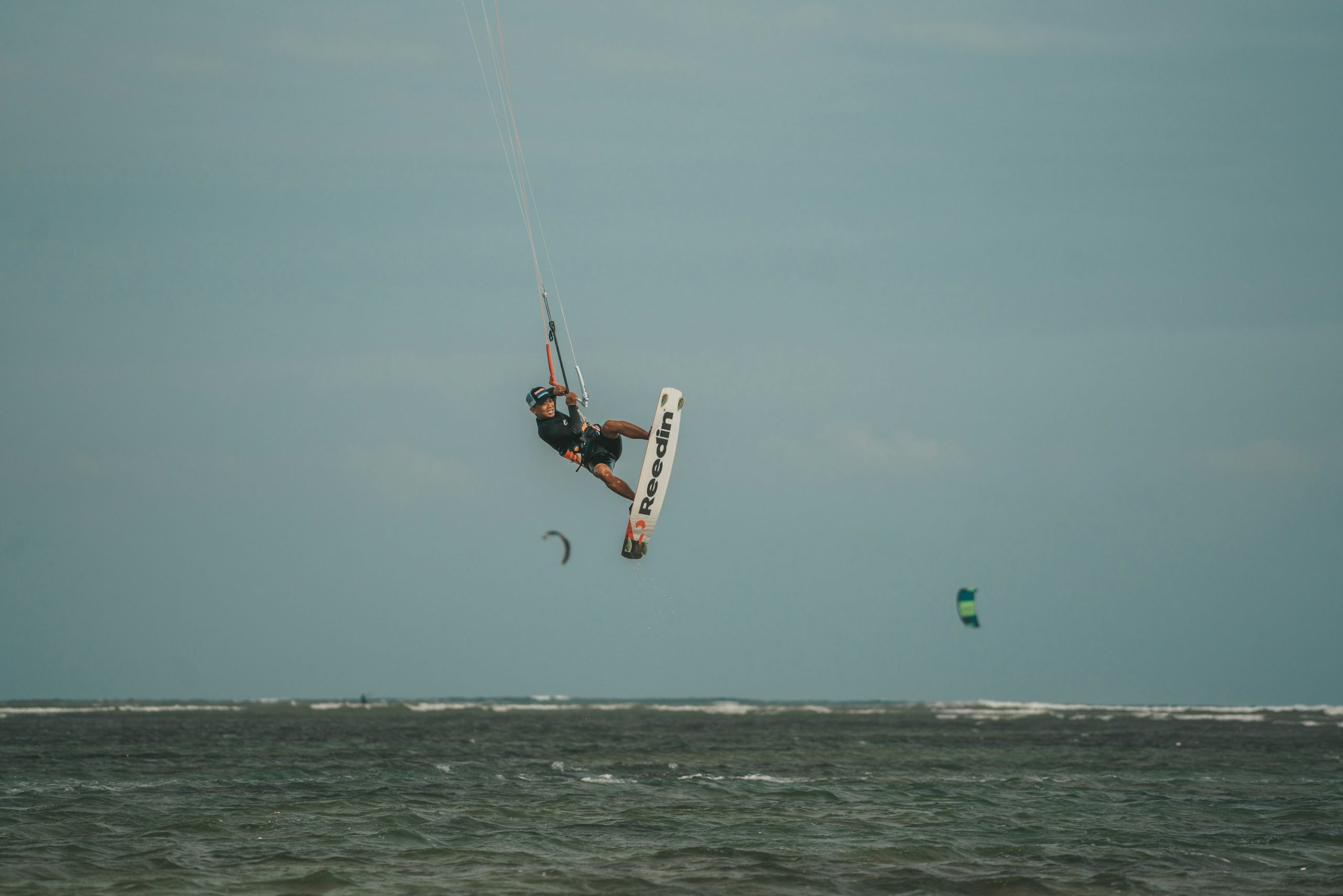
1. A Great Workout 💪
Kiteboarding isn’t just about having fun; it’s a fantastic way to stay fit. It engages your entire body, strengthening your core, arms, and legs as you control the kite and balance on the board. Plus, the constant movement in the water offers an excellent cardiovascular workout without feeling like traditional exercise. It’s an enjoyable way to stay in shape while having a blast.
2. Sense of Freedom 🌬️
One of the most exciting parts of kiteboarding is the feeling of freedom. As you glide across the water, powered by nothing but the wind, you’ll experience a unique connection with nature. Whether you’re riding waves or cruising along flat water, kiteboarding offers a sense of liberation you won’t find in many other sports.
3. Fun for All Skill Levels 🎉
No matter your experience with water sports, kiteboarding can be tailored to your skill level. Beginners can start with smaller, more stable kites and learn the basics on flat water, while advanced riders can perform tricks or ride bigger waves. There’s always something new to learn, which makes kiteboarding a hobby that keeps growing with you.
4. A Community Sport 🏖️
Kiteboarding has a vibrant community of enthusiasts who love to share their experiences and tips. You’ll often find friendly groups at kiteboarding spots, eager to help out newcomers. This makes it a great way to meet new people and join a global network of kiteboarders who share the same passion.
5. Beautiful Locations 🌍
Kiteboarding can take you to some of the most beautiful spots in the world. From tropical beaches to quiet lakes, you’ll get to enjoy stunning views and peaceful surroundings while riding. Plus, it’s a great excuse to travel and explore new places!
Before you can dive into kiteboarding, it’s crucial to have the right equipment. Having the right gear ensures not only a great experience but also your safety on the water. Below, we break down each key item you’ll need, along with some recommendations to help you make informed decisions.
The kite is the heart of your setup. It catches the wind and powers you across the water. There are different types of kites, but for beginners, inflatable kites are the most common because they’re stable and easy to relaunch if they fall into the water.
The control bar is how you steer and control the power of your kite. It connects to the kite through lines and allows you to manage your speed and direction.
A harness connects you to the kite via the control bar, allowing you to control the kite without holding all the tension in your arms. There are two main types of harnesses:
The board is what you’ll ride on. Most beginners start with a twin-tip board—a board that can move in both directions. This makes it easier to stay balanced and practice.
Kiteboarding kites need to be inflated before you can use them. A hand pump with a pressure gauge ensures that your kite is inflated to the correct pressure, which is important for performance and safety. Many pumps come with adapters to fit different types of kites, so make sure to check that your pump is compatible with your kite.
Kiteboarding is an exciting sport, but safety should always be your top priority, especially when you’re just starting out. Having the right safety gear can prevent injuries and give you peace of mind while you’re out on the water. Below, we’ll cover the essential safety equipment you’ll need and include a top product recommendation for each category to help you get started.
A helmet is essential for protecting your head from impact, whether it’s from a fall, collision, or being hit by your board. Water sports helmets are specifically designed to be lightweight, water-resistant, and provide ventilation to keep you comfortable.
Mystic MK8 X Helmet
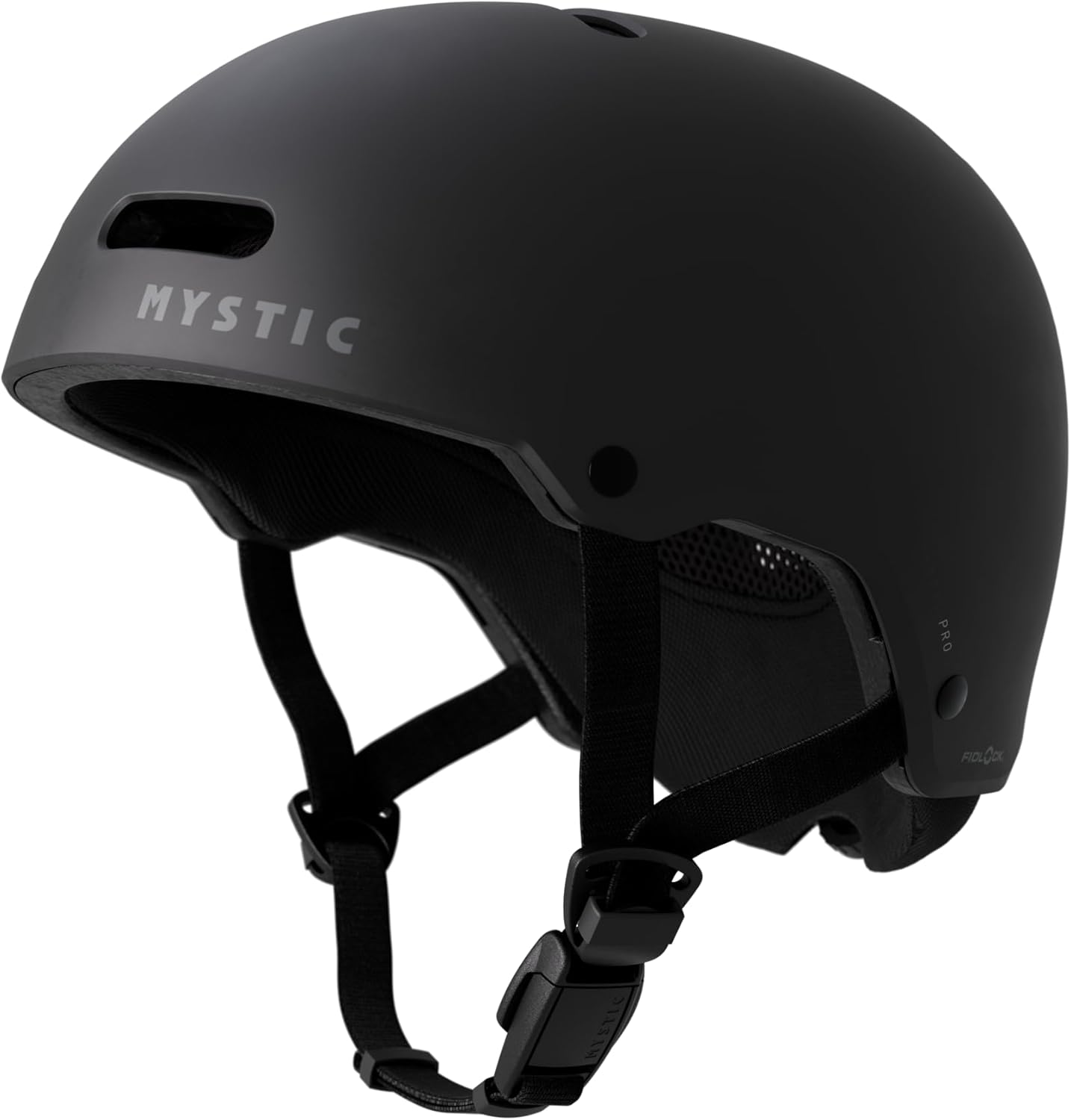
An impact vest serves two purposes: it provides buoyancy, helping you float in the water, and it protects your torso and ribs from hard falls. A good impact vest can also reduce fatigue by giving you extra support while riding.
ION Vector Impact Vest
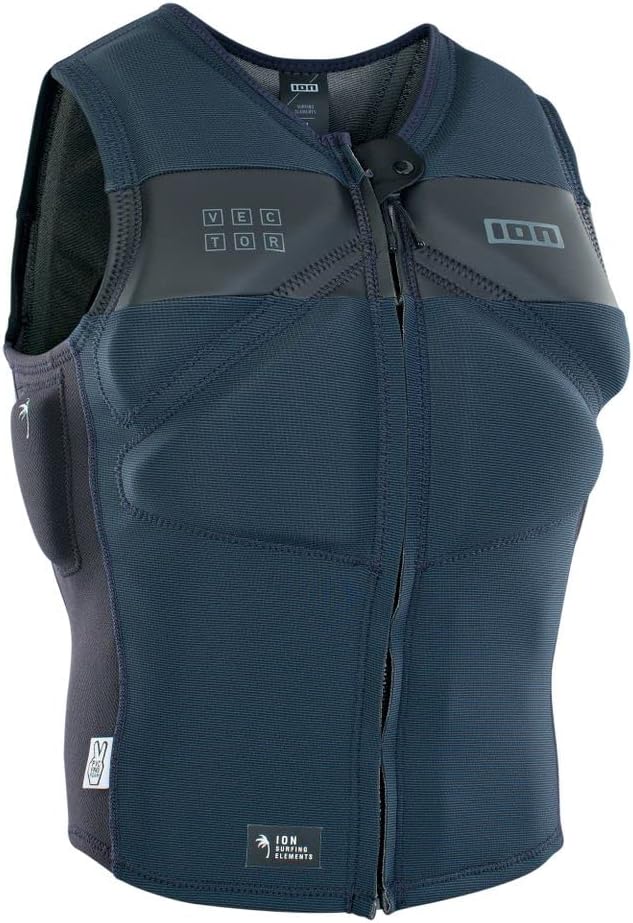
A leash keeps your board attached to you if you fall off, so you don’t have to swim long distances to retrieve it. Having a reliable leash is important for saving energy and keeping your board close by in windy conditions.
Dakine Kiteboarding Board Leash

A safety knife is a small but essential piece of gear for any kiteboarder. If your lines get tangled or you’re caught in a tricky situation, a safety knife allows you to quickly cut the lines and free yourself. It’s important to have it easily accessible on your harness at all times.
Mystic Kite Safety Knife

Safety equipment is not something you want to overlook in kiteboarding, especially as a beginner. Investing in the right gear will keep you safe, reduce risks, and make your learning experience more enjoyable. Whether it’s a well-fitted helmet or a quick-release leash, these items are essential for any kiteboarder, no matter your skill level.
Kiteboarding conditions can vary greatly depending on the water temperature, wind, and weather. That’s why it’s essential to have the right wetsuit and clothing to keep you comfortable and safe. Whether you’re riding in tropical waters or colder climates, the right gear will ensure you stay warm and protected.
A wetsuit is one of the most important pieces of clothing for kiteboarding, as it helps regulate your body temperature in the water. Wetsuits come in different thicknesses depending on the conditions you’ll be riding in. Here’s what you need to know:
O’Neill Hyperfreak Full Wetsuit (3/2mm)

Neoprene boots are essential for cold water kiteboarding, but they can also provide protection in rocky or rough areas. They help keep your feet warm and protect them from sharp objects like rocks, shells, or coral.
Rip Curl Flashbomb 3mm Neoprene Boots

In colder climates, neoprene gloves and a hood can make a world of difference in keeping you warm. The head and hands lose heat quickly, so it’s crucial to cover them when kiteboarding in cold waters.
Mystic Supreme 5mm Neoprene Gloves
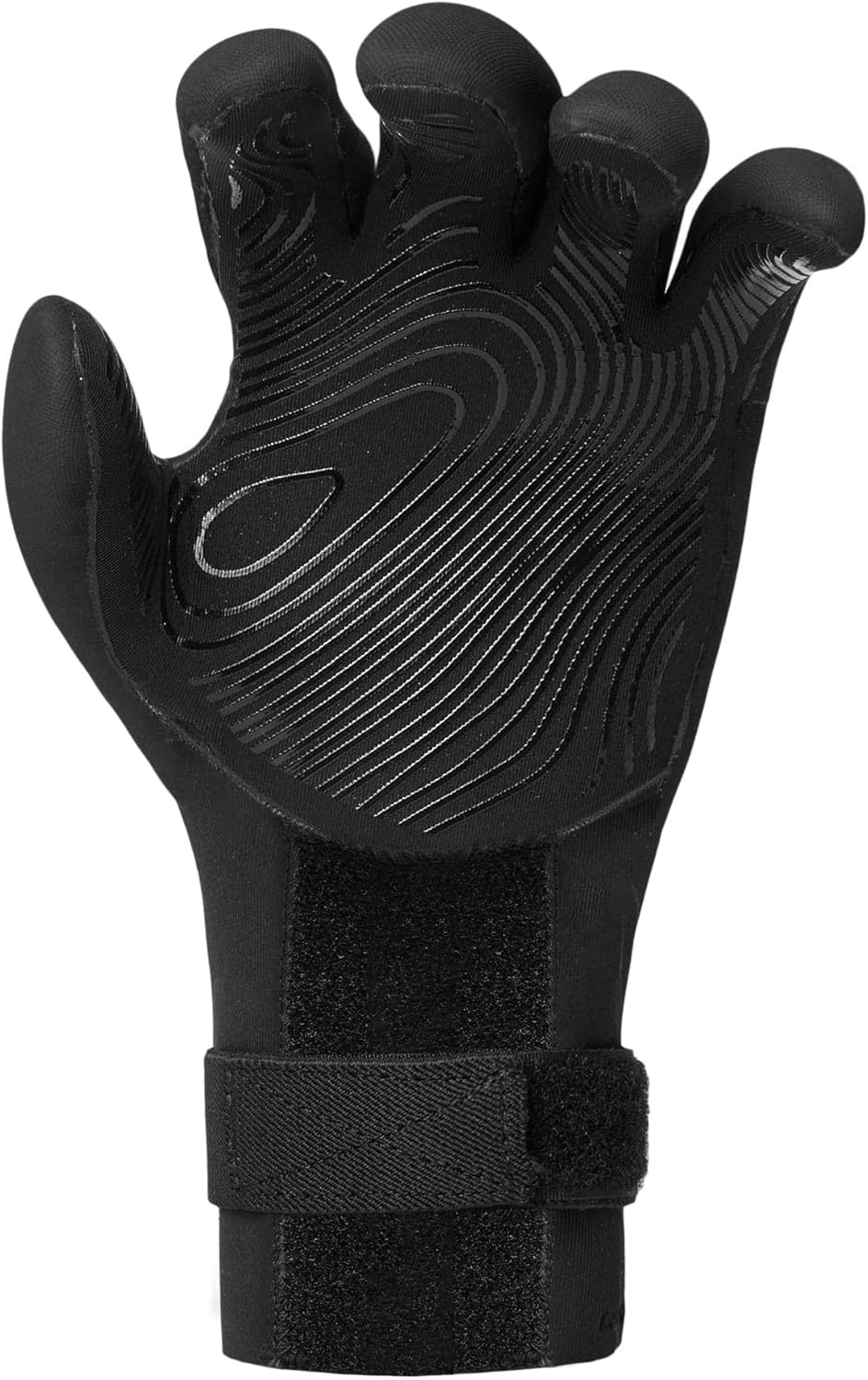
Xcel Drylock 5/4mm Hood
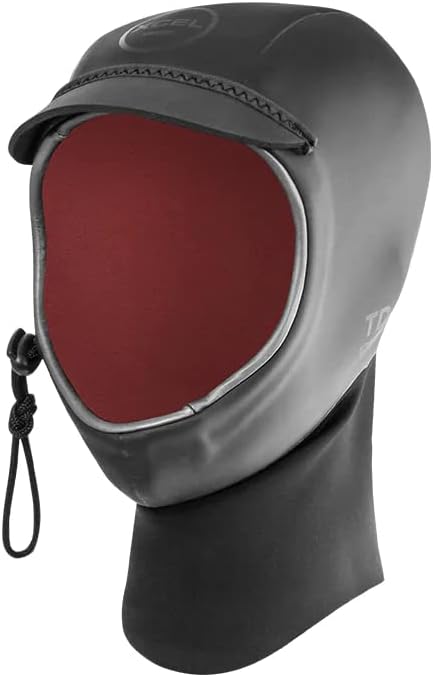
For warm-water kiteboarding, a rash guard can protect your skin from sunburn and board friction. They’re lightweight and comfortable, offering protection without the need for a full wetsuit.
Quiksilver All Time Long Sleeve Rash Guard
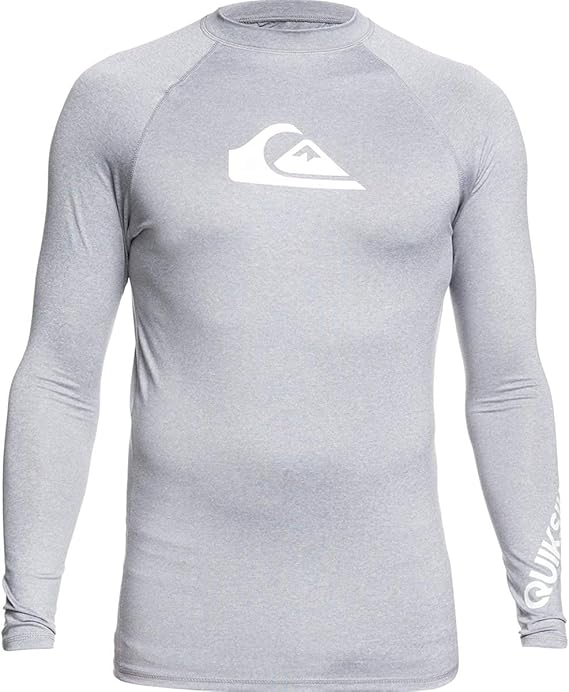
Choosing the right wetsuit and clothing for kiteboarding is essential for staying comfortable and safe in different conditions. Whether you’re kiteboarding in warm tropical waters or chilly climates, having the proper gear will help you stay out on the water longer and make your experience more enjoyable.
Learning to kiteboard can seem challenging at first, but with the right approach and guidance, you’ll be riding the waves in no time. Whether you’re completely new to water sports or have some experience, the key is to start with the basics and build your skills gradually. Here’s how you can make your learning experience smoother and more enjoyable.

1. Take a Kiteboarding Lesson from a Certified Instructor 🎓
The best way to start your kiteboarding journey is by taking lessons from a certified instructor. Kiteboarding schools are available in most popular water sports destinations, and they offer professional guidance that ensures you learn safely and effectively.
2. Start in Shallow, Calm Waters 🌊
As a beginner, it’s best to practice in shallow, calm waters. This allows you to stand up easily if you fall and gives you a controlled environment to focus on kite handling. Many kiteboarding schools will start lessons in areas with flat, shallow water to make the learning process smoother.
3. Practice Kite Control on Land First 🌬️
Before heading into the water, it’s a good idea to practice flying a small trainer kite on land. This will help you get a feel for controlling the kite’s movements and understanding wind power. Many kiteboarding schools start with land-based training to build kite control skills before progressing to water-based lessons.
4. Be Patient and Persistent ⏳
Kiteboarding has a learning curve, but don’t get discouraged if it takes a few sessions to get comfortable. It’s normal to spend time practicing the basics like controlling the kite, body dragging, and water starts before progressing to riding on the board consistently. Be patient, and remember that every session helps you improve.
5. Ride with a Buddy for Extra Support 👥
When you’re starting out, it’s always a good idea to kiteboard with a friend or instructor. Not only does this add an extra layer of safety, but having someone there to give tips or help you out if needed can speed up your learning process.
Summary of Tips for Learning to Kiteboard:
The kite is the most important piece of gear in kiteboarding, as it’s responsible for generating the wind power that pulls you across the water. Choosing the right kite is essential, especially for beginners who need stability and ease of control. Kiteboarding kites come in different shapes, sizes, and designs, each offering unique performance characteristics.
Types of Kiteboarding Kites
Bow Kites: Bow kites are one of the most popular types for beginners due to their excellent depower (the ability to reduce the kite’s power). They are easy to relaunch from the water and provide a forgiving experience for new riders.
Hybrid Kites: Hybrid kites combine the best features of bow kites and C-kites, offering a balance of performance and control. They provide a bit more responsiveness and are great for progression.
C-Kites: C-kites are more aggressive and less forgiving, making them better suited for advanced riders who want to perform tricks and ride in strong winds.
Foil Kites: Used mainly in light wind conditions, foil kites don’t require inflation and are great for advanced users seeking to ride in low-wind areas.
How to Choose the Right Kite Size
The size of the kite you choose depends on the wind conditions in your area, your body weight, and your experience level. Generally, smaller kites (5m–9m) are suitable for strong winds, while larger kites (10m–15m) are best for lighter winds. Beginners should usually start with a smaller kite to ensure more control in variable wind conditions.
To help you get started, here are two highly recommended kites that offer stability, ease of use, and reliable performance for beginners.
Ozone Catalyst V3 Kite
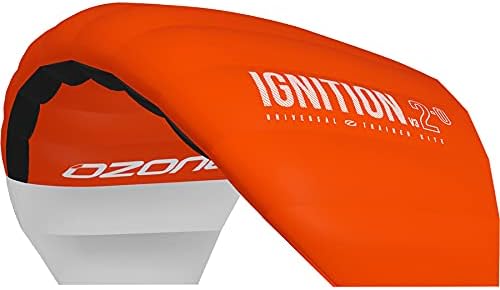
Overview: The Ozone Catalyst V3 is designed with beginners in mind, offering a perfect blend of stability and ease of control. This kite is a favorite among new riders because of its forgiving nature and consistent power delivery.
Key Features:
The Ozone Catalyst V3 is a highly recommended kite for anyone just starting out. Its stability and easy relaunch make it extremely beginner-friendly, while its durable construction ensures that it can withstand the learning process. The kite’s light bar pressure allows for comfortable, longer sessions, and it has great depower, which is key for learning in various wind conditions. This is an excellent choice for beginners who want a reliable and forgiving kite as they build their skills.
Slingshot Rally GT Kite

Overview: The Slingshot Rally GT is widely recognized as one of the best kites for beginners due to its forgiving nature and ease of control. It’s designed to be stable, versatile, and suitable for a wide range of conditions, making it ideal for those just getting into kiteboarding.
Key Features:
The Slingshot Rally GT is an excellent option for beginners because of its stability, versatility, and ease of relaunch. It performs well in a wide range of wind conditions, which makes it great for those learning to kiteboard in different environments. The forgiving nature of the kite ensures a smoother learning curve, allowing riders to focus on improving their skills with confidence.
Kiteboarding is an exhilarating sport, but it comes with its own set of risks, especially for beginners. Safety should always be a top priority to ensure an enjoyable experience on the water. Here are some essential tips to help keep you safe while you learn and practice kiteboarding.
Check Weather and Wind Conditions
Before heading out, always check the weather forecast and wind conditions. Kiteboarding in high or gusty winds can be dangerous, especially for beginners. Ideal wind conditions for new riders are typically between 12–20 knots. Avoid riding in strong storms or unpredictable weather.
Understand Right of Way Rules
Like any other water sport, kiteboarding has right-of-way rules that help avoid accidents. For example, when two kiteboarders are approaching each other head-on, the rider on the right has the right of way. Understanding these basic rules can help you stay safe around other kiteboarders.
Don’t Overpower Yourself
Using a kite that’s too large for the wind conditions can be dangerous. Make sure you choose the appropriate kite size for the wind strength to avoid being overpowered. If in doubt, go for a smaller kite, as it’s easier to manage.
Use a Safety Leash
Always attach the safety leash to your harness. The safety leash allows you to quickly depower the kite in case of an emergency, preventing dangerous situations. Make sure to practice using your quick-release system so that you’re prepared to act fast if needed.
Practice in Safe Zones
Begin your kiteboarding practice in wide-open spaces, away from crowds, rocks, boats, or any other potential hazards. Shallow waters with a sandy bottom are ideal for beginners, allowing you to stand up easily and giving you more control.
Take a Buddy Along
It’s always a good idea to kiteboard with a friend, especially when you’re learning. Having someone nearby in case of emergencies or difficulties makes the experience safer and more enjoyable. Plus, your buddy can give you feedback and help monitor wind changes.
Kiteboarding is an exciting and rewarding sport that offers a mix of adventure, fitness, and freedom on the water. While the learning curve can be steep, with the right gear, safety measures, and practice, you’ll soon find yourself gliding across the waves with confidence.
Start by getting familiar with your equipment, taking lessons from certified instructors, and practicing in safe environments. Don’t rush the learning process—be patient and enjoy every step of the journey. Remember, safety is key, so always check conditions, wear proper gear, and kite with a buddy.
With time and practice, kiteboarding can evolve into an incredible hobby that offers endless fun, fitness, and exploration of beautiful water locations around the world. Get out there, enjoy the wind, and ride the waves.
| Cookie | Duration | Description |
|---|---|---|
| cookielawinfo-checbox-analytics | 11 months | This cookie is set by GDPR Cookie Consent plugin. The cookie is used to store the user consent for the cookies in the category "Analytics". |
| cookielawinfo-checbox-functional | 11 months | The cookie is set by GDPR cookie consent to record the user consent for the cookies in the category "Functional". |
| cookielawinfo-checbox-others | 11 months | This cookie is set by GDPR Cookie Consent plugin. The cookie is used to store the user consent for the cookies in the category "Other. |
| cookielawinfo-checkbox-necessary | 11 months | This cookie is set by GDPR Cookie Consent plugin. The cookies is used to store the user consent for the cookies in the category "Necessary". |
| cookielawinfo-checkbox-performance | 11 months | This cookie is set by GDPR Cookie Consent plugin. The cookie is used to store the user consent for the cookies in the category "Performance". |
| viewed_cookie_policy | 11 months | The cookie is set by the GDPR Cookie Consent plugin and is used to store whether or not user has consented to the use of cookies. It does not store any personal data. |